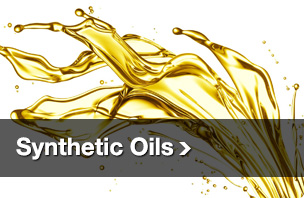Industrial applications that use machines to process and package food items have very specific requirements for the lubricants used in these machines. Food grade greases must be formulated to meet the requirements set forth by the NSF for possible contact with food in addition to meeting the needs for a variety of environments and equipment types found in food processing and packaging.
Food grade greases that may come into incidental contact with edibles are designated as grade H1 by the National Sanitation Foundation. The NSF evaluates all new food grade greases to ensure all components of the formulation are acceptable according to the Food and Drug Administration’s list of permitted substances that may be found in food items.
Greases formulated for use as an H1 application typically start with a technical grade mineral oil or a USP grade mineral oil. Synthetic compounds that form base stocks are usually made from polyalphaolefin, PAO, or polyalkylene glycols, PAG. Synthetics offer significant advantages over the mineral oil based greases with better resistance to increased temperature operating envelopes and better resistance to breakdown through oxidation.
To make food grade grease out of much thinner base oil, some type of thickener must be used. The most common H1 approved thickener for grease is a substance named aluminum complex. This thickener can withstand high temperature and is water resistant, both key items in a food processing environment.
Grease used on food processing equipment faces many additional challenges from the environment under which they must perform. In addition to providing essential lubrication to moving parts, these greases must also provide an elevated level of corrosion resistance for metals that come in contact with acidic foods or caustic cleaning compounds, must be able withstand exposure to these types substances without breaking down and is often tasked to perform in environments with extreme hot and cold temperatures. Grease used for machines in dry goods processing, such as flour mills must be able to resist contamination from particulate matter and continue to provide essential lubrication even if contaminated.
While the ultimate goal for design in food handling systems is to prevent any lubricant from coming into contact with the food under process, the possibility for this to happen must be accepted and plans enacted to prevent dangerous products from being released on the market. By selecting appropriate H1 food grade greases, manufacturers can provide for essential lubrication needs while ensuring no toxic material can be incorporated into the final food products.




